Rome has a variety of attractions that attract millions of tourists annually, including stunning palaces once owned by ruling families. However, these palaces are often overlooked by typical visitors. The true highlight of Rome lies in its elegant palazzos, many of which are hidden gems. To fully appreciate the richness of the Eternal City, it is essential to visit some of these palaces and villas.
Palace or Villa?
In Italian, villa refers to a large private house with a garden, also known as an estate, rather than its common usage in English. The term only refers to a park with a specific proper name, such as Villa Borghese or Villa Doria Pamphilj. Meanwhile, palazzo is typically used to describe the building itself. For example, the Doria Pamphilj family had a city palace and a countryside villa, with the latter now serving as a large park on the city's outskirts. While both locations offer unique attractions – a museum and a park – the similar names can sometimes confuse visitors.
Palazzo Barberini
The Palazzo Barberini, a 17th-century palace in Rome near Piazza Barberini, currently houses the National Gallery of Ancient Art, which boasts Rome's most significant collection of older paintings. Maffeo Barberini (1568–1644), who later became Pope Urban VIII, acquired the original villa from the Sforza family and converted it into a magnificent palace. 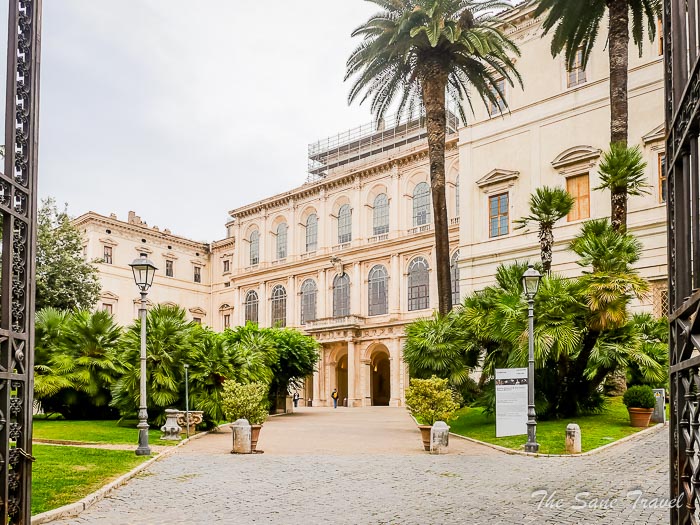
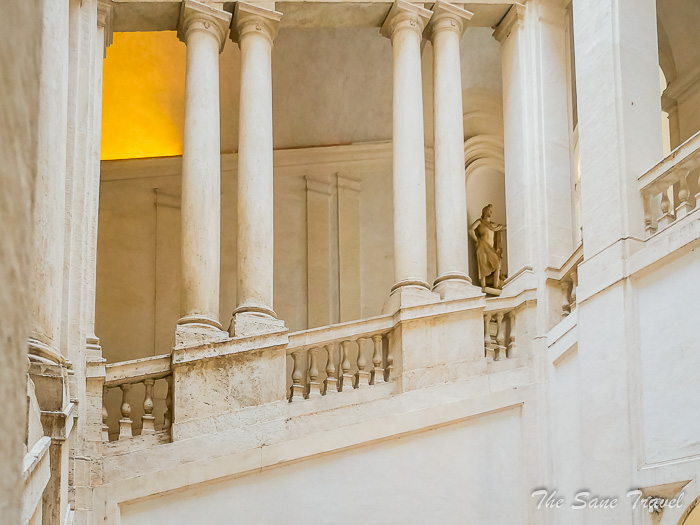
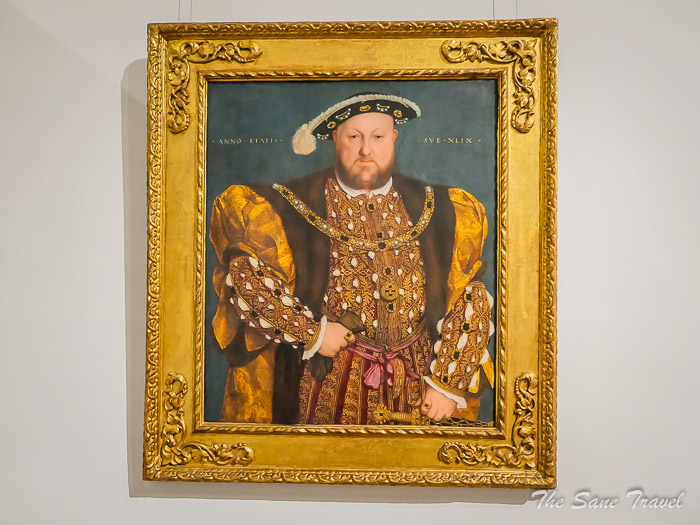
Address: Via delle Quattro Fontane, 13
Palazzo Colonna
The Palazzo Colonna is a historic, grand private palace with a rich history dating back to the 12th century. Its construction spanned five centuries, resulting in a blend of different architectural styles and periods. 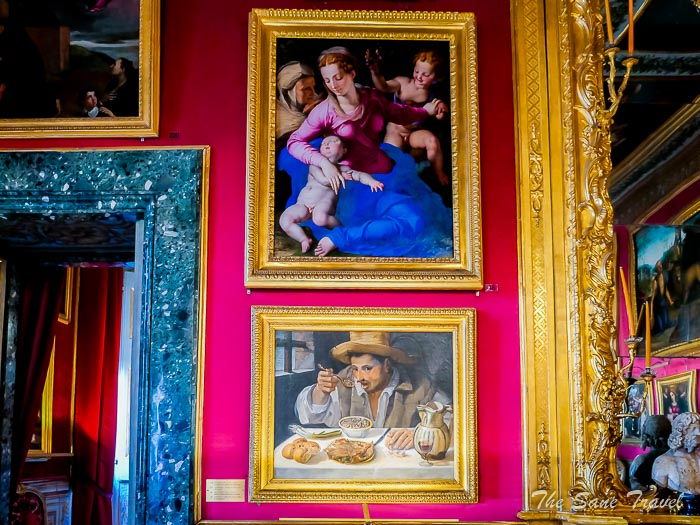
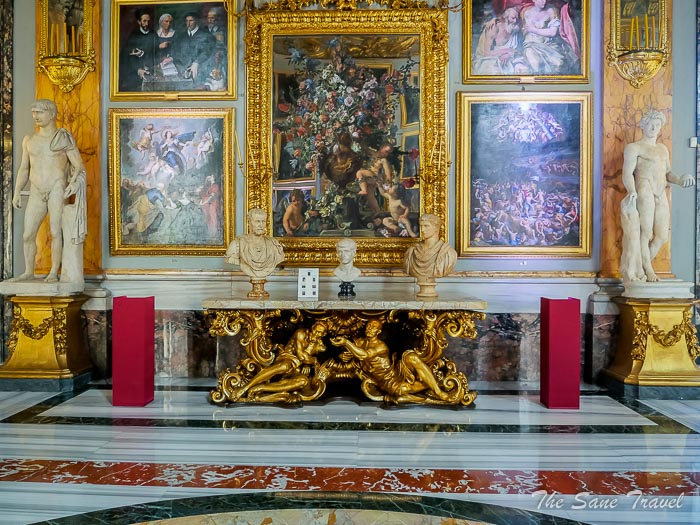
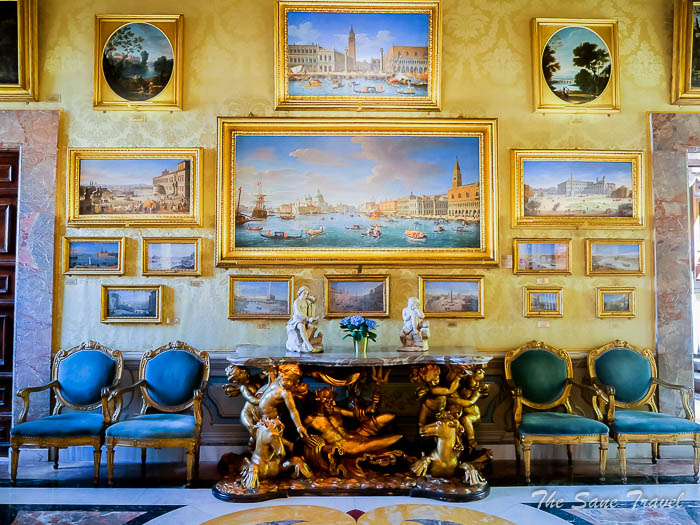
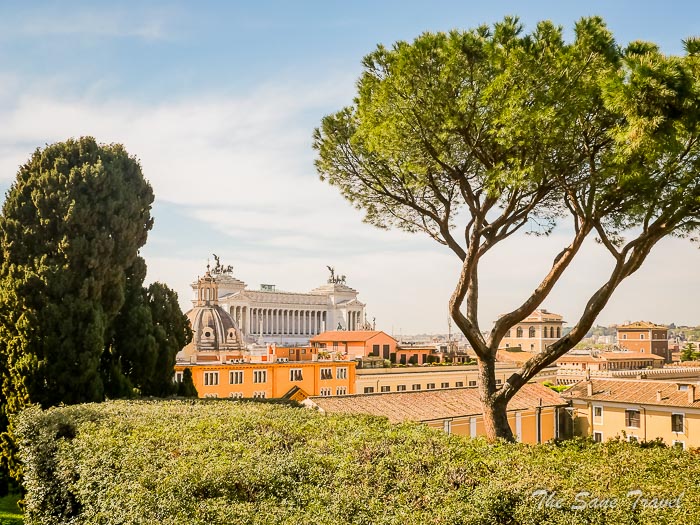
NB. It is advisable to show courtesy to the individuals welcoming you at the entrance, as the owner may be present among them. I suggest visiting the palace on Fridays when guided tours are available.
Villa Farnesina
If you want to view the impressive artworks of Rome's High Renaissance without dealing with the crowds at the Sistine Chapel and Raphael Rooms in the Vatican Museums, consider visiting the lesser-known Villa Farnesina in Trastevere. 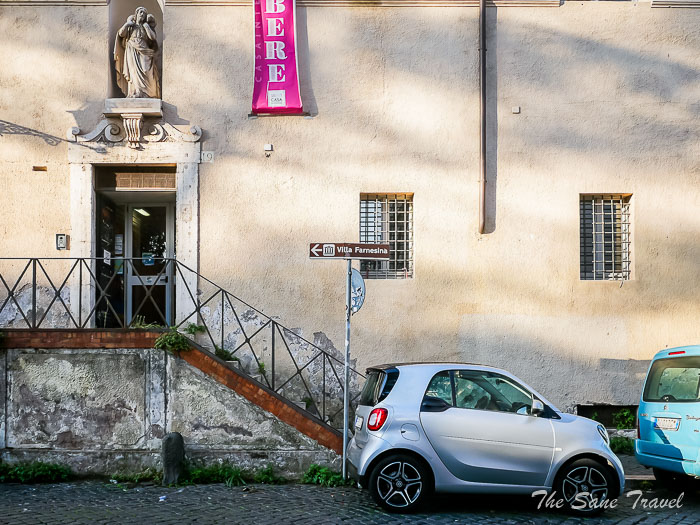
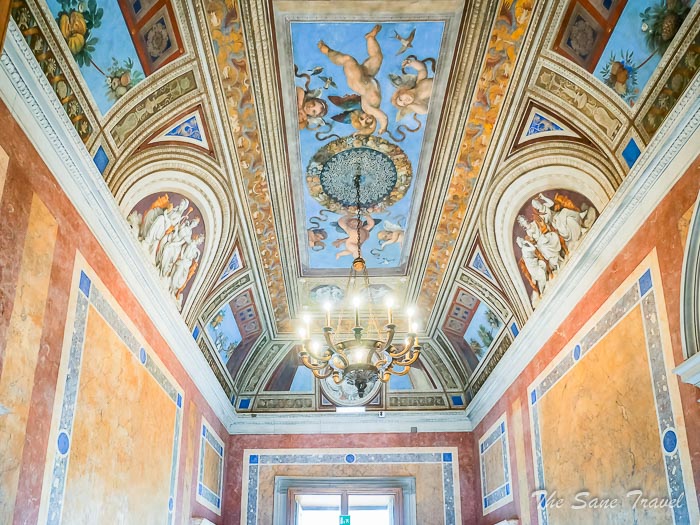
Address: Via della Lungara, 230
NB. Villa Farnesina is not the same as Palazzo Farnese, which currently houses the French Embassy in Italy. Palazzo Farnese is only open for guided tours during limited hours.
Palazzo Doria Pamphilj
The Palazzo Doria Pamphilj, situated near the main artistic and historical attractions in central Rome, remains largely undiscovered by tourists.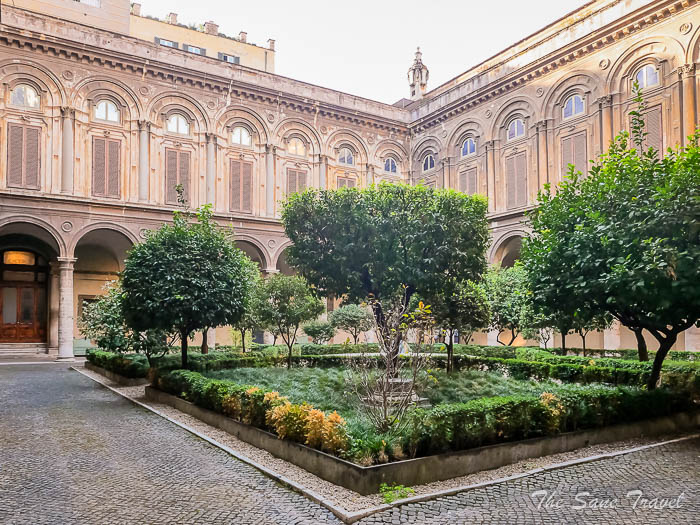
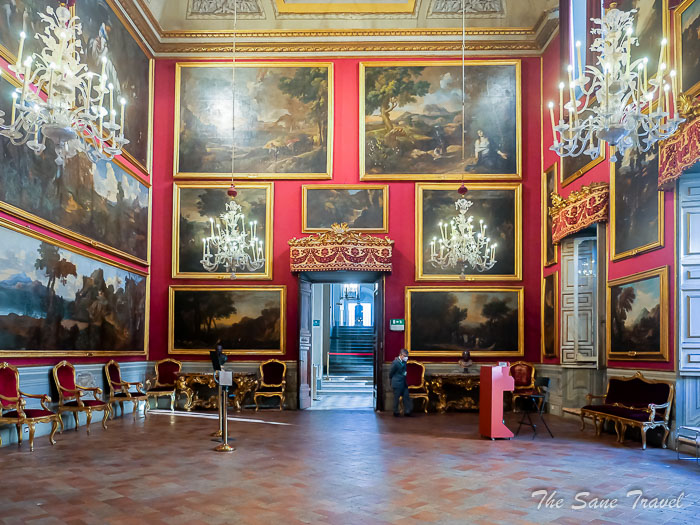
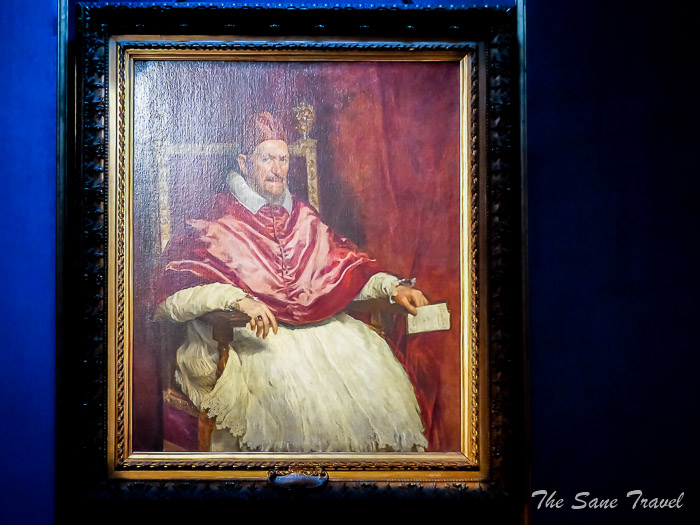
Address: Via del Corso, 305
Borghese Gallery
The Borghese Gallery is a well-known art museum located in an elegant palace with an exceptional collection of artworks.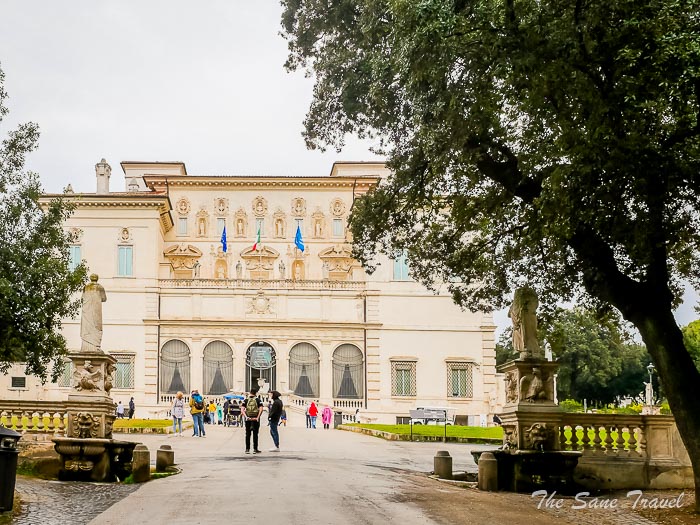
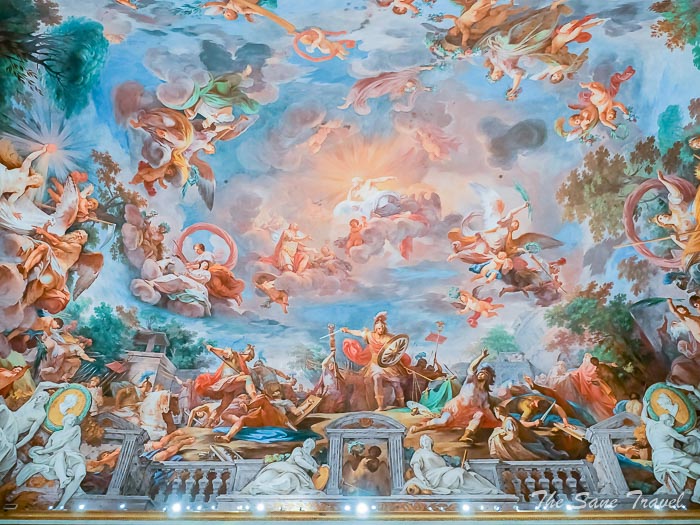
Address: Piazzale Scipione Borghese, 5
Practical information
I have visited all five palaces and would advise you to see them all if you have the time. If you are running out of time and want to enjoy a palace ambience, choose the impressive Palazzo Colonna, but if you want to visit a gallery, go to Galleria Borghese. I have provided links to the official websites of these palaces. Please check the current opening hours before your visit. Booking in advance is essential to visit Palazzo Colonna and Villa Borghese. For Villa Borghese, make sure to book as soon as you know the time of your visit.
Like it? Pin it!
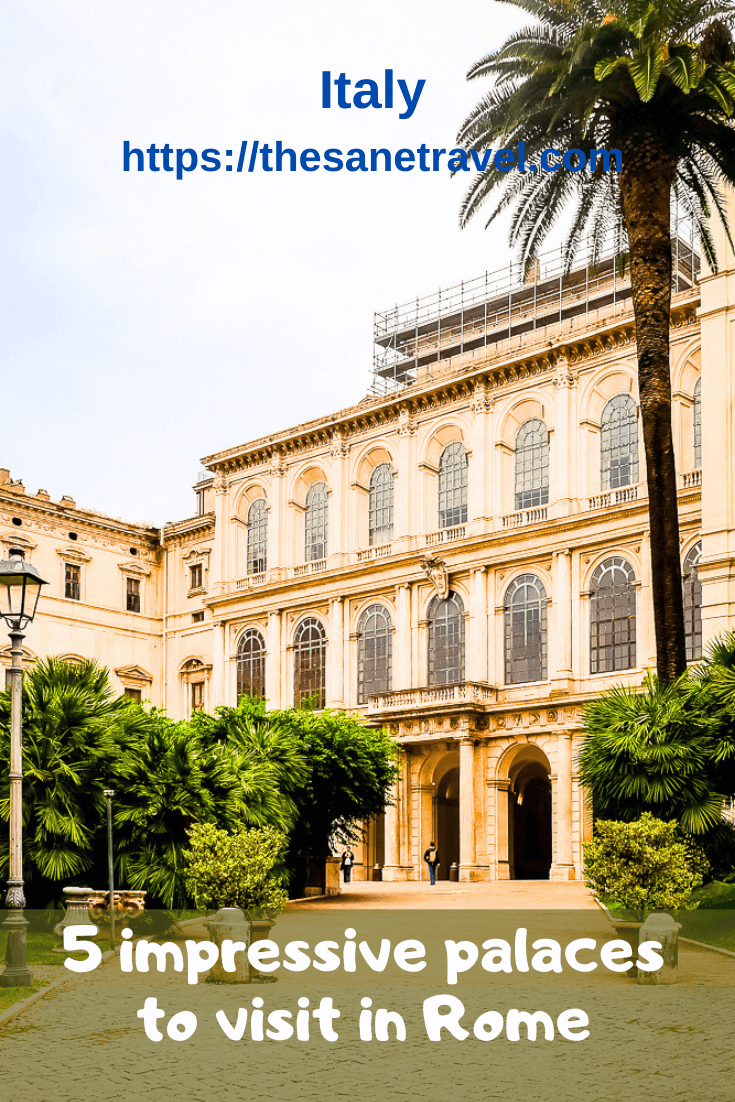
What did you think? Have you visited palaces in Rome? I would love to hear from you, so please add your comment below.
Author: Anita Sane

About the author
Anita is a part-time traveller, passionate photographer and a retired career woman from Latvia, travelling mostly solo for more than 15 years. She is a skilled travel planner who plans and executes her travels by herself. Anita wants to show you how to travel the world and open your mind to new experiences. Follow her on Facebook, Instagram, Pinterest, Twitter and Bloglovin.

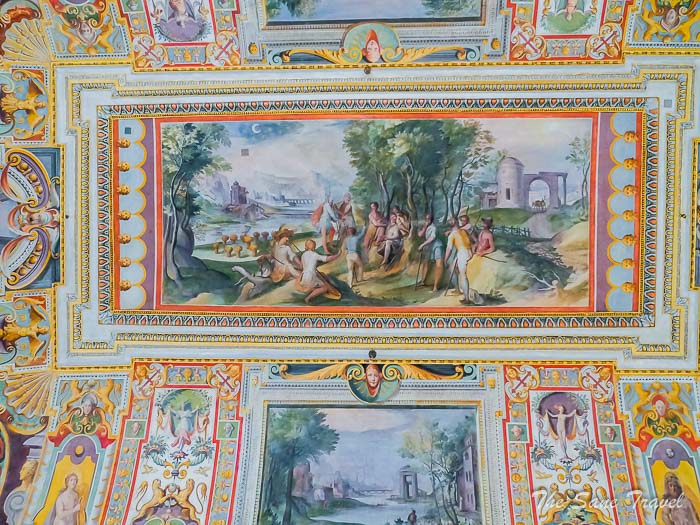
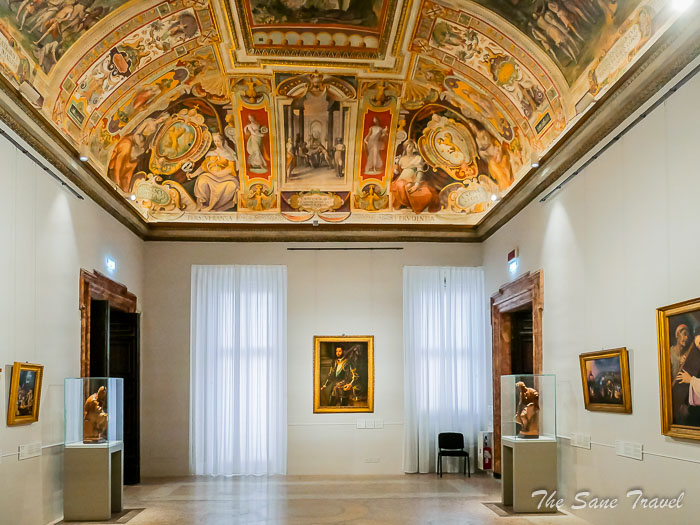
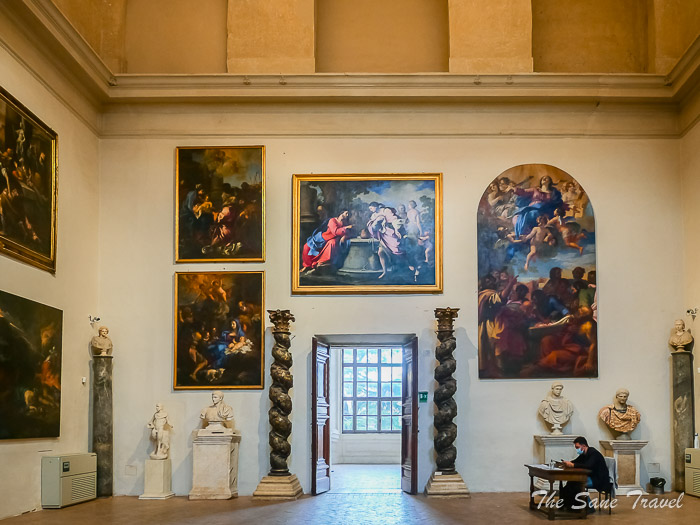
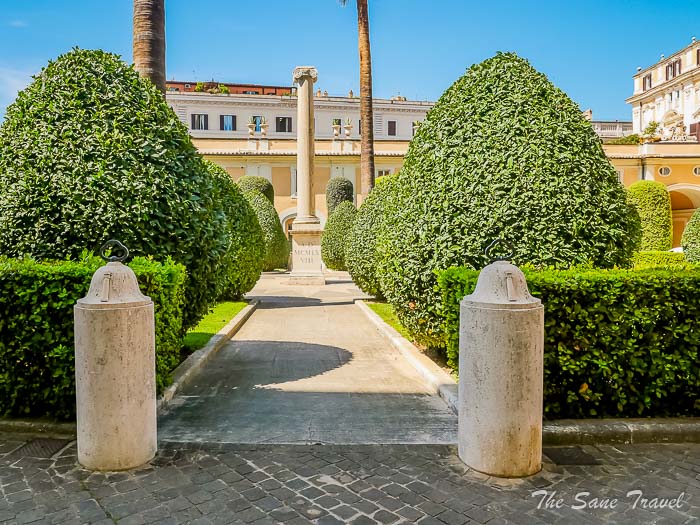
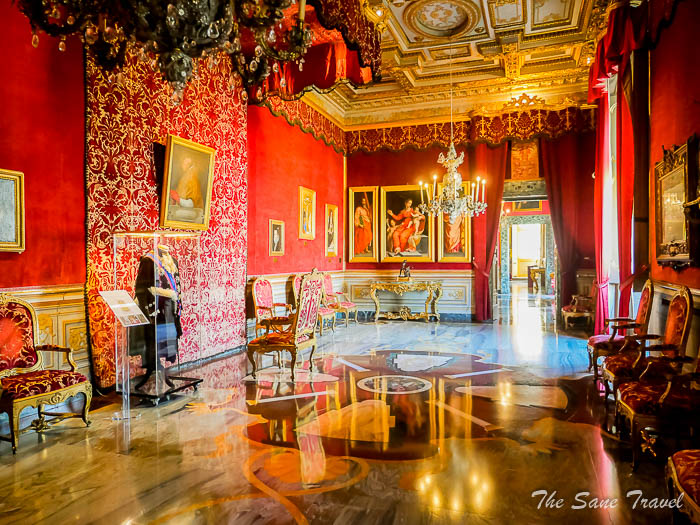
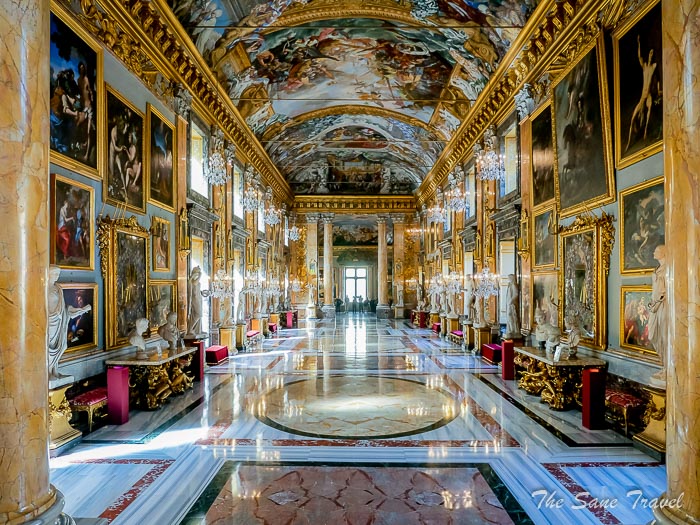
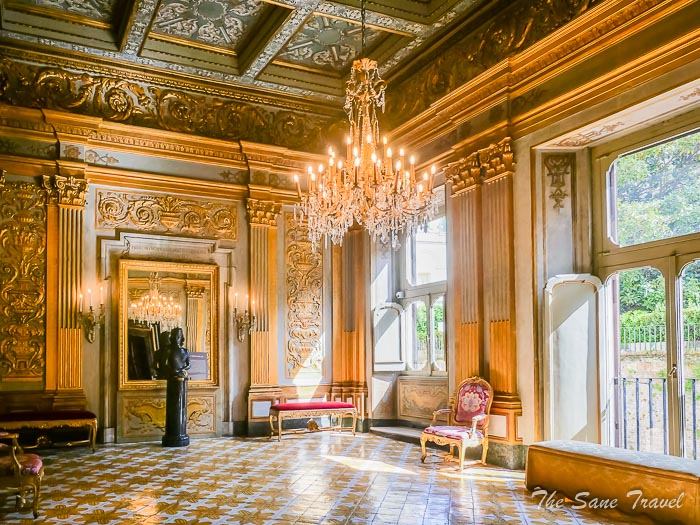
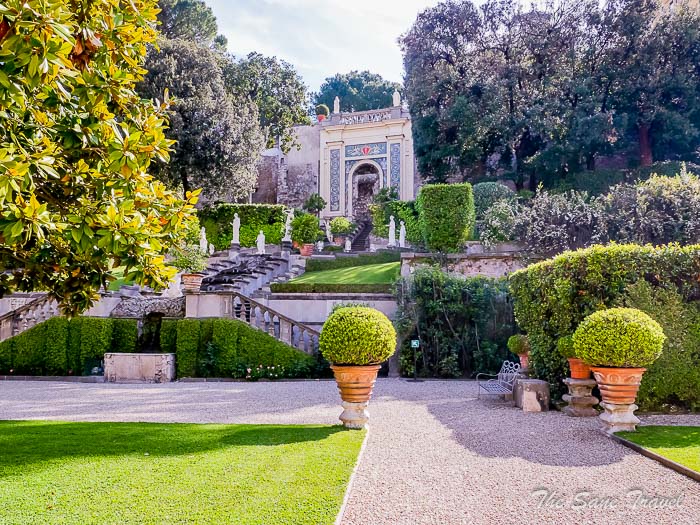
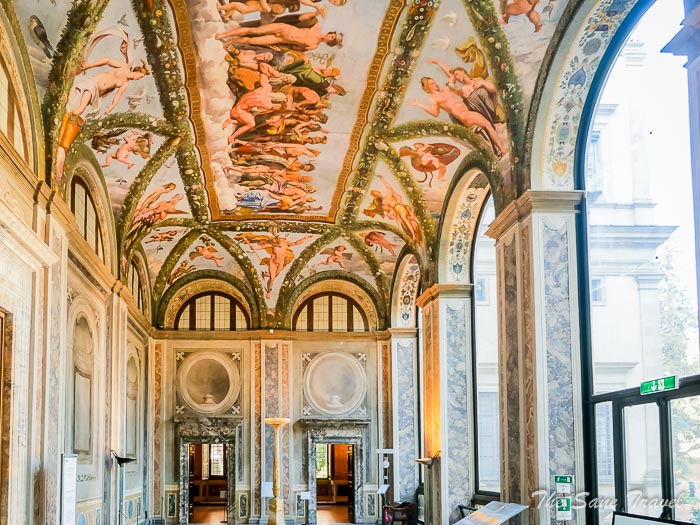
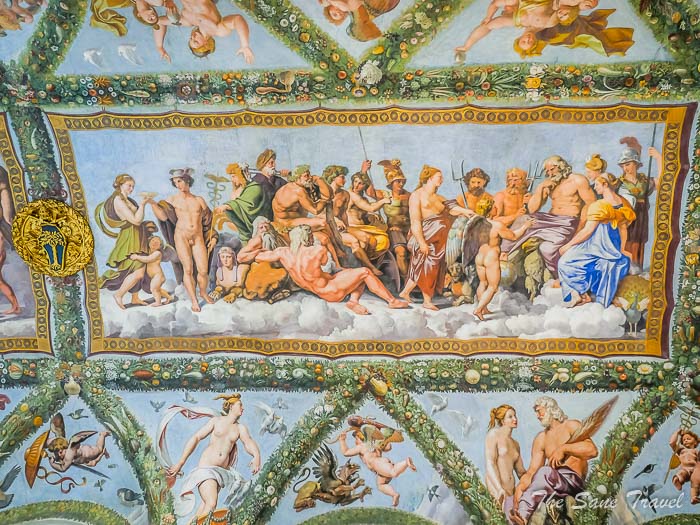
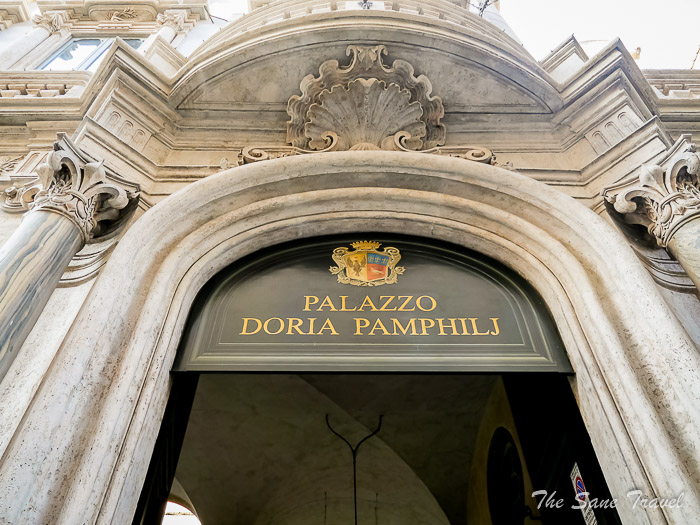
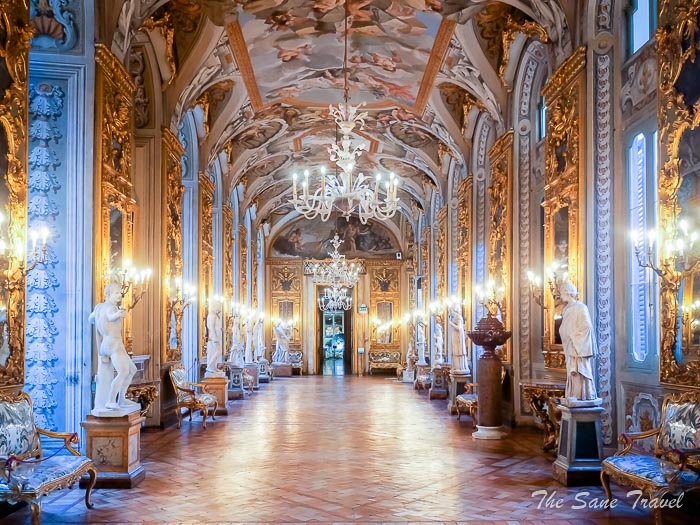
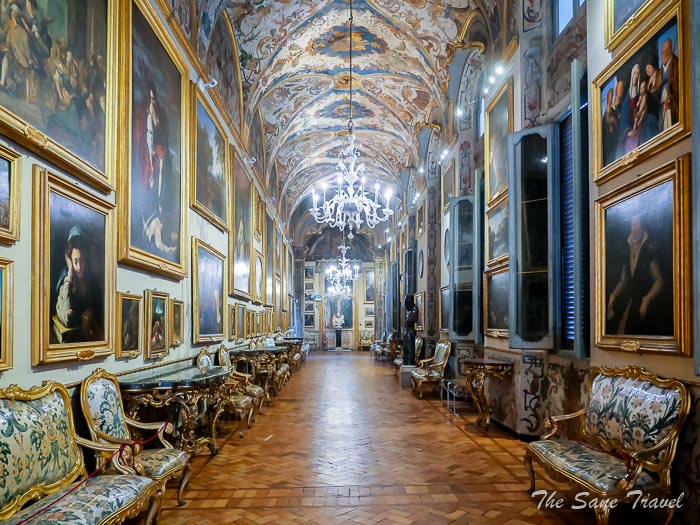
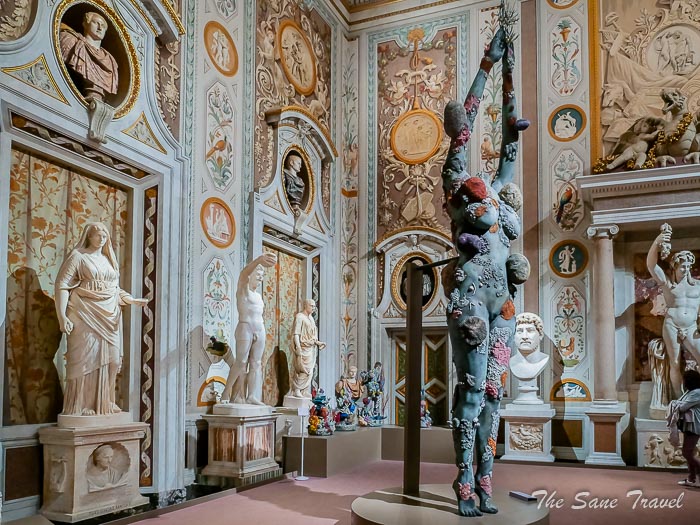
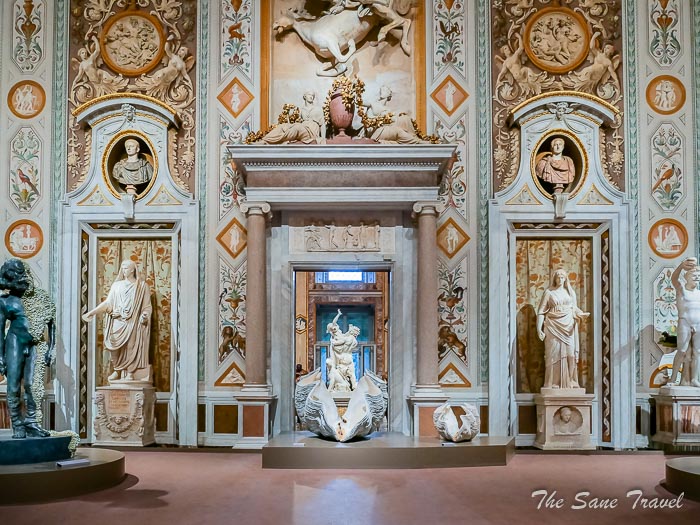
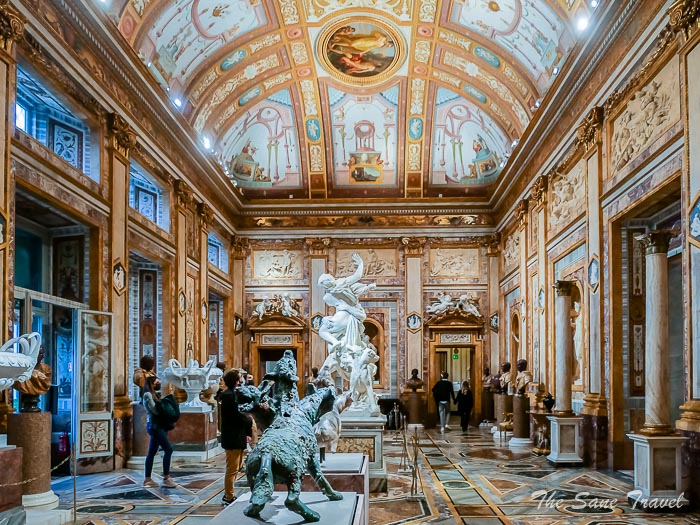
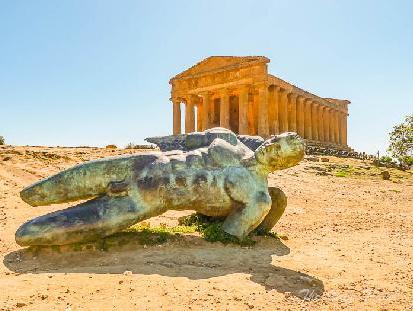
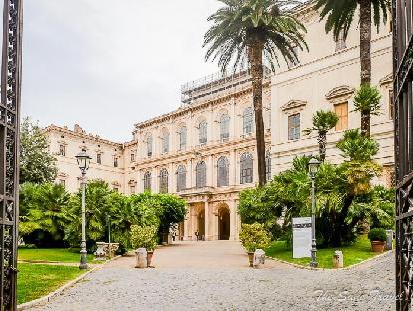
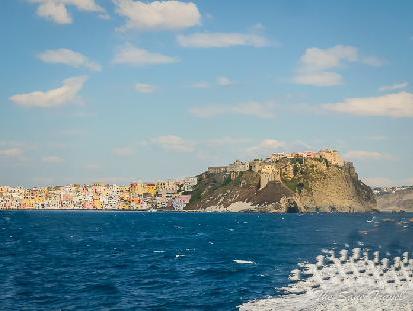
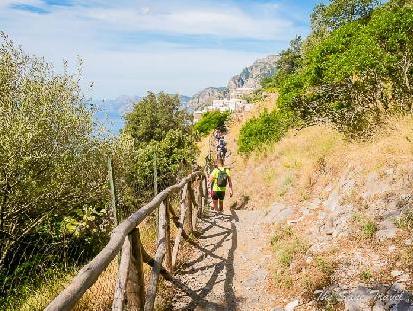
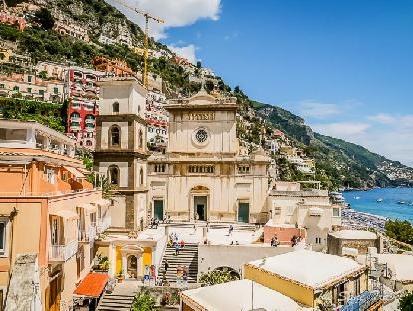
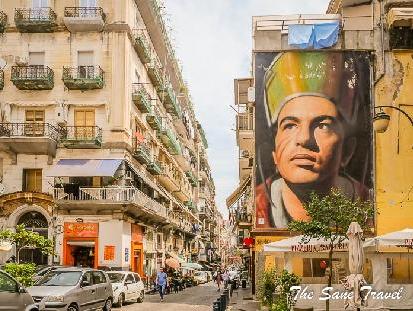
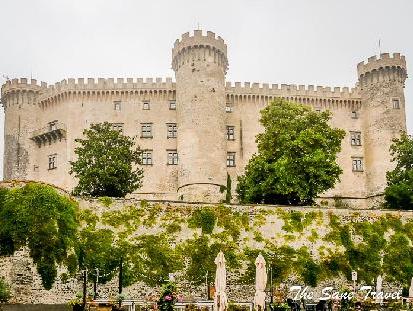
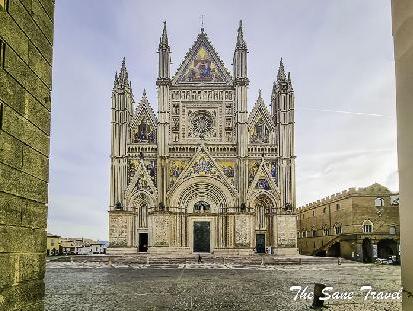
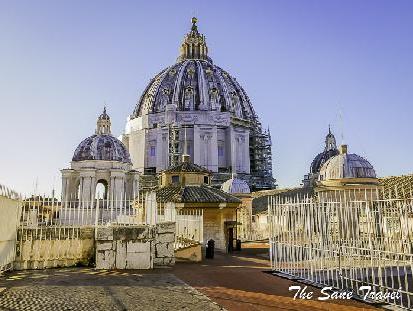
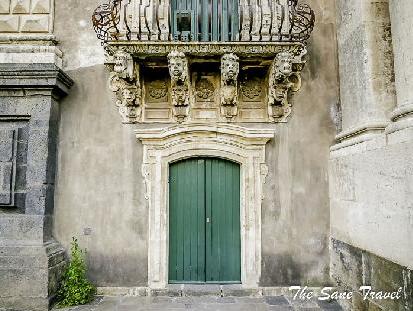
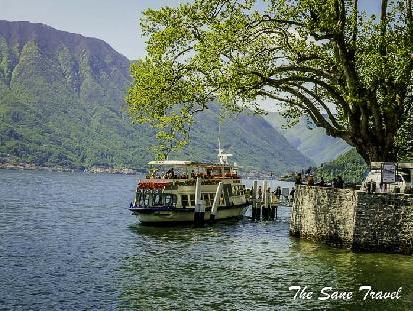
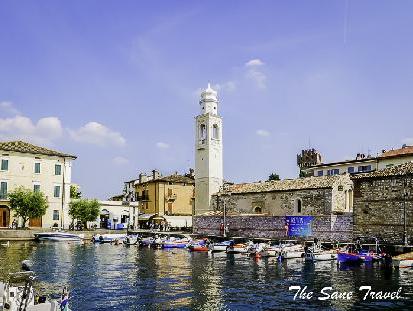
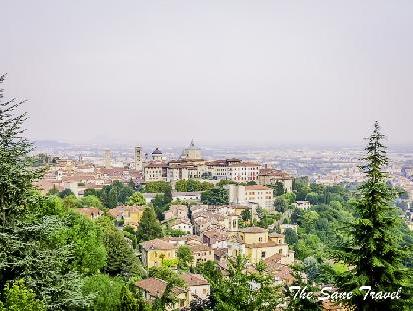
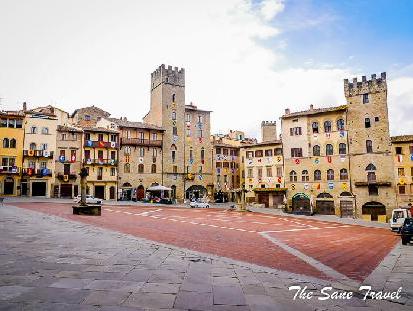
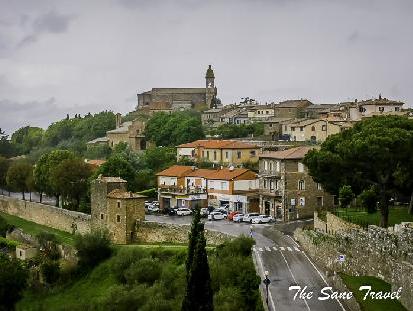
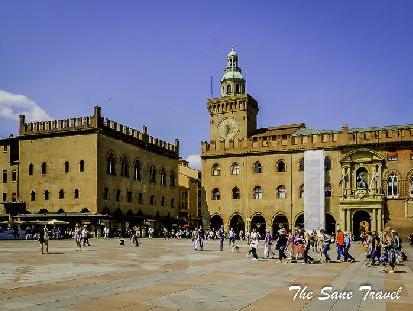
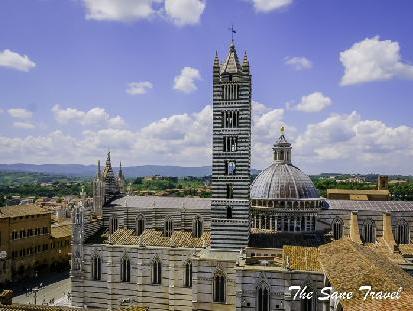
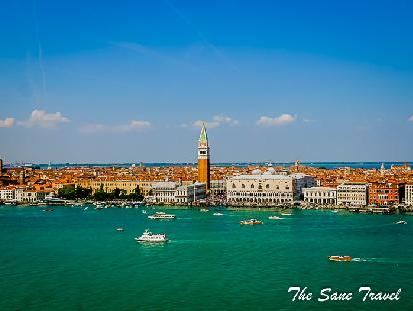
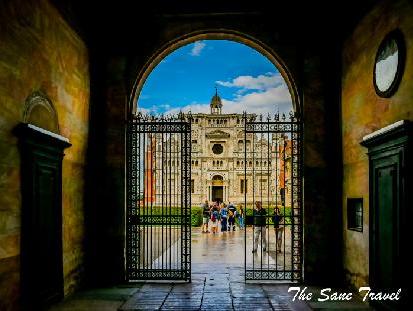
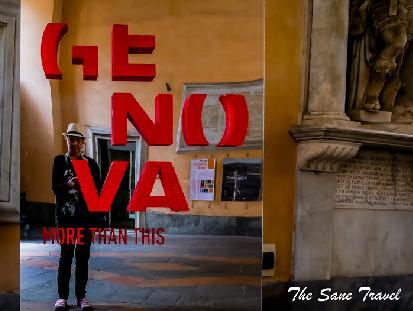
Report
My comments